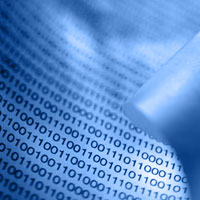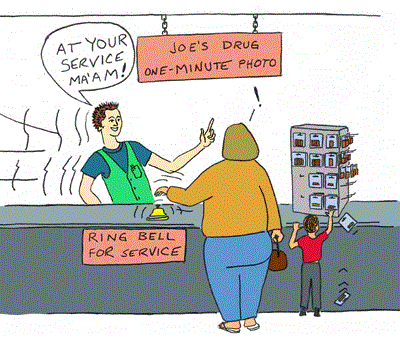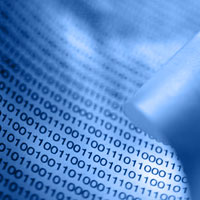-
Introduction to XMS Memory
XMS stands for eXtended Memory System; in which you can use all your RAM using XMS Manager calls. First thing that you have to check is whether there is XMS support present in your computer.
-
Segments in QB (DEF SEG)
When Computers where first invented, they did not think that we will be playing with Gigabytes today and so they invented Computers which could support maximum of 1 MB RAM.
-
Reading and Writing Nibbles in Bytes

So, we start again with another project and that is about Reading Nibbles from bytes. So, lets first talk about nibbles arrangement in bytes. As you must be knowing, there are 2 nibbles present in bytes.
-
QBasic Libraries
First, write a program which contains all the subroutines that you want in your lib. The program can also contain other code but that won’t matter.
-
Interrupts

Interrupt, as the name suggests, causes an interruption in the program temporarily and causes the processor to execute the statements according to the Interrupt generated. If you didn’t understand it, read on…
-
Cubic Bezier Curves

They are also drawn in almost the same method as lines are drawn. Like lines, they require 2 points for start and end of the curve plus 2 more which are known as control points.
-
CPU identification and Analysis using CPUID
To work with this technology, you have to know Assembly. You need to know about instructions and also binary notation for numbers. You should also know about bits and working with them in Assembly to use this technique.
-
Reading and Writing Bits in Bytes

There are many types of data types. But, here we will be dealing only the sizes of those data types. The basic data type is byte which is 8 bits long, then word or Integer which is 16 bits long, then comes dword(double-word) or Long Integer which is 32 bits long.
-
Processor Data Transfers

The processor and the memory are two important part of the computers that you need to know about when programming. The I/O is also an important part but it is sometimes merged with memory as it can be memory mapped and access to I/O is little different than memory.